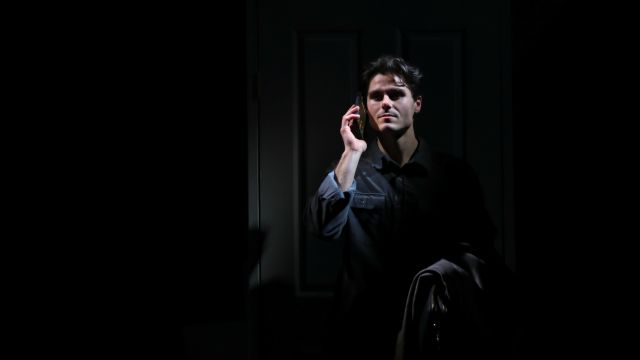Dial M for Murder
A man discovers his wealthy wife has been unfaithful and devises a scheme for the ‘perfect murder’. She will be murdered, no one will suspect him, and he will inherit her fortune...
Yes, this stage play is the basis of Alfred Hitchcock’s movie. Frederick Knott’s successful play of 1952 was filmed by Hitchcock in 1954 with Grace Kelly, Ray Milland and Bob Cummings. It’s not one of Hitchcock’s best or most famous works; it is almost entirely dialogue based, and, like Rope, it all happens in one room. In other words, the movie is virtually – if stylishly – filmed theatre.
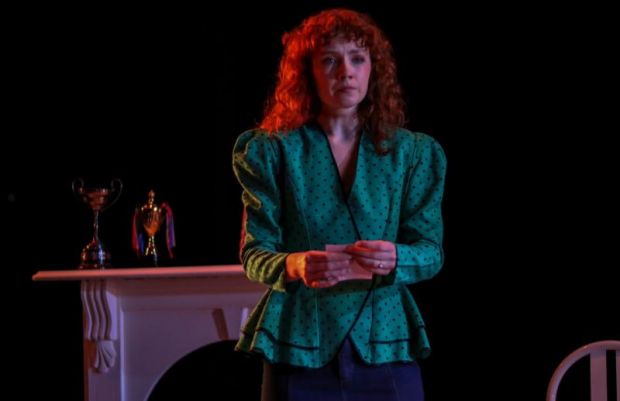
Here, Tyrie Aspinall is the murderous husband, Tony, but rather lacking in the suave charm that could make the character so much more chilling. Bridget Bourke, in her first lead role, is suitably lovely as unfaithful wife Margot and she almost makes us care about this underwritten character. Max (Leon Walshe) projects a real warmth - even a hothead passion - and the chemistry between Walshe’s Max and Bourke’s Margot is the most real thing on stage. Joshua Bruce doubles as Swann, the ne’er do well trapped into murder (tortuous contrivance there) and also Inspector Hubbard the investigating cop. As Swann, Bruce has a sort of gruff grumpiness which he needs to make the character plausible, but as Hubbard he becomes a one-note fellow rattling through his lines while trapped under a disconcerting hat – which he never removes. Inspector Hubbard as the hapless cop – a purely functional character after all - got quite a few laughs that I doubt the playwright intended...
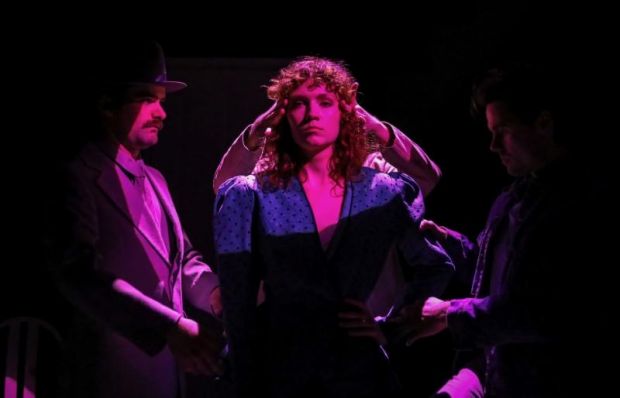
Overall, this production seems to be under some budgetary constraints. Jodi Hope’s set is basic but workable except perhaps for the freestanding apartment door that shakes and rattles rather precariously. It’s a stylistic touch that soon becomes distracting – and we always know who’s about to knock at the door. Betty Auhl’s period costumes are unfortunately shabby and rather makeshift, but she and Jodi Hope face the problem of suggesting three time frames via costumes, furnishings and key props: Act 1, the 1950s (when the play was written); Act II, the 1980s; and Act III, the present. In Act I, when the crucial ‘dial M’ takes place, the telephone is black Bakelite; in Act II, a press button grey plastic; and Act III, all characters are on mobiles.
These time shifts are part of director Dean Drieberg’s concept in taking the play from its origins and suggesting its events – specifically the misogyny and violence and even the reasons for them – continue into contemporary reality. Each act is prefaced by a dumbshow interpolation in which Bourke’s passive, almost insensate Margot, in a slip, is dressed like a puppet by the male characters in costume appropriate to the period. We understand this metaphor, but it still feels grafted on. Is Margot really regarded – and controlled – by the men in whatever period?
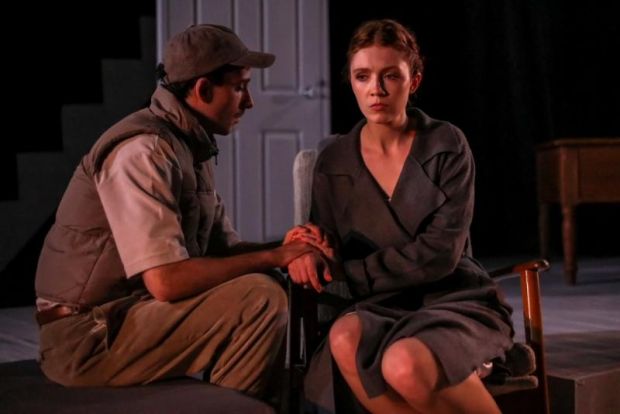
I was curious to see the original stage play, especially to see what prestigious director Drieberg would do with it. I did also wonder, why do it at all? Drieberg answers that question in a program note. ‘In Australia last year alone 103 women were murdered by men. Common motivations behind these crimes are paralleled in this story.’ In other words, this story from 1952 could happen – is happening – now.
Without at all questioning Drieberg’s sincerity, that rationale might seem a bit thin, and I suspect it will occur to very few in the audience. Tony Wendice’s elaborate plan would not be that of most perpetrators of domestic violence. More likely the audience will see a rather starchy if suspenseful drawing room drama in which a particularly nasty but cold-blooded villain pursues his plans... But the time shifts rather undercut the ticking clock suspense. In the original play, Margot is in gaol and about to be executed. With Act III set in our present, execution is implausible to say the least – and when it’s mentioned, it jars.
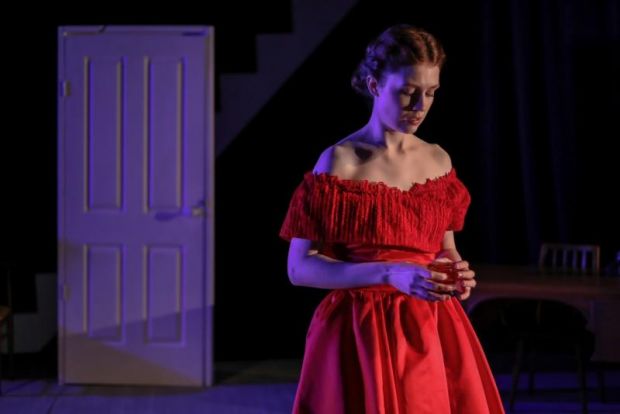
In the end, many in the audience seemed to me to be leaving the theatre bemused. Why put this play on? Successful as it was in the 1950s (although, it seems, not a passion project for Hitchcock who amused himself by experimenting with 3D) the play now seems a creaky artefact out of place and time. Even given producer Josh Sanders’ genuine enthusiasm for this revival, it’s surprising that Dean Drieberg, with his wealth of intelligence and experience, took it on.
Michael Brindley
Photographer: Dave McCarthy
Subscribe to our E-Newsletter, buy our latest print edition or find a Performing Arts book at Book Nook.

